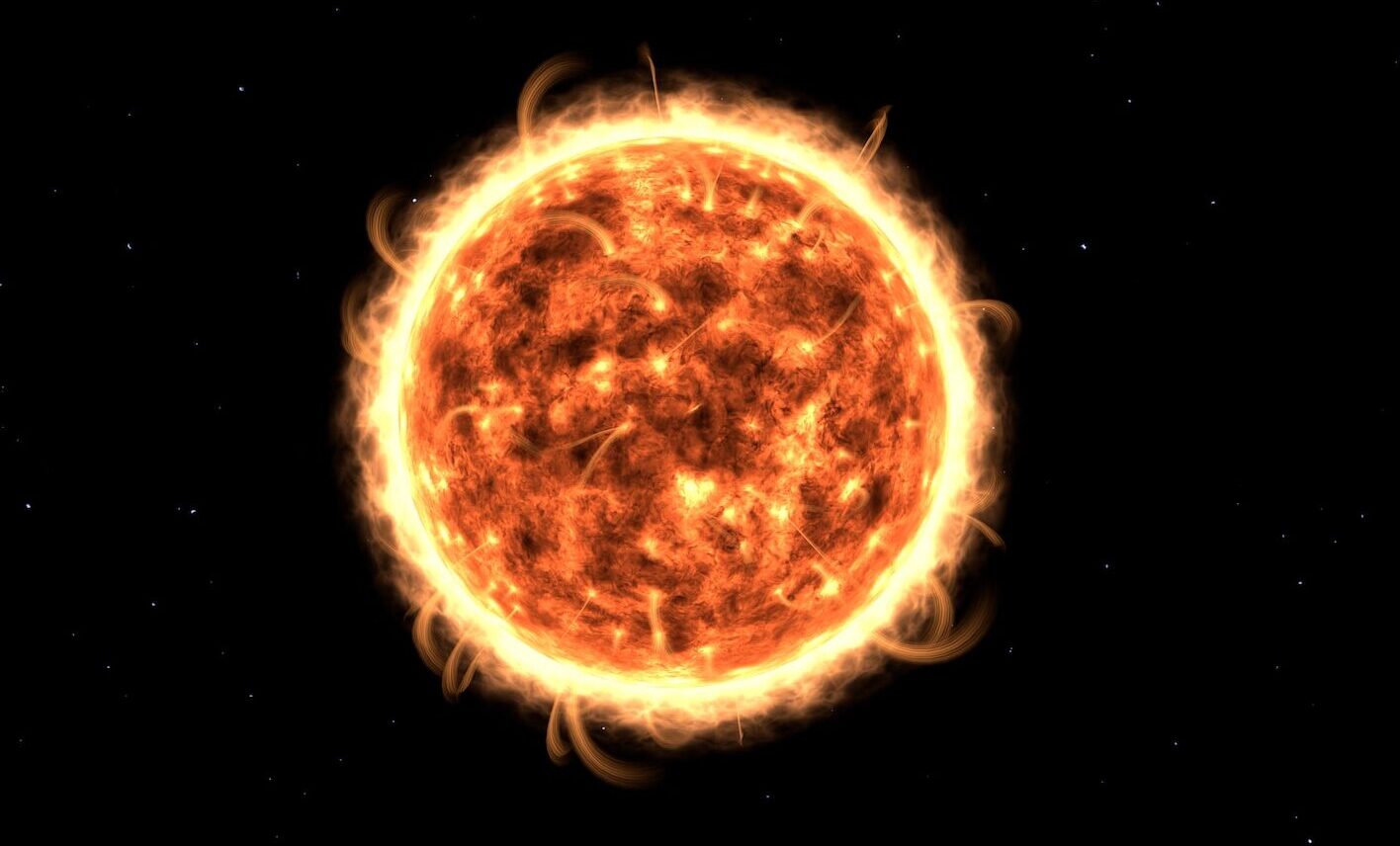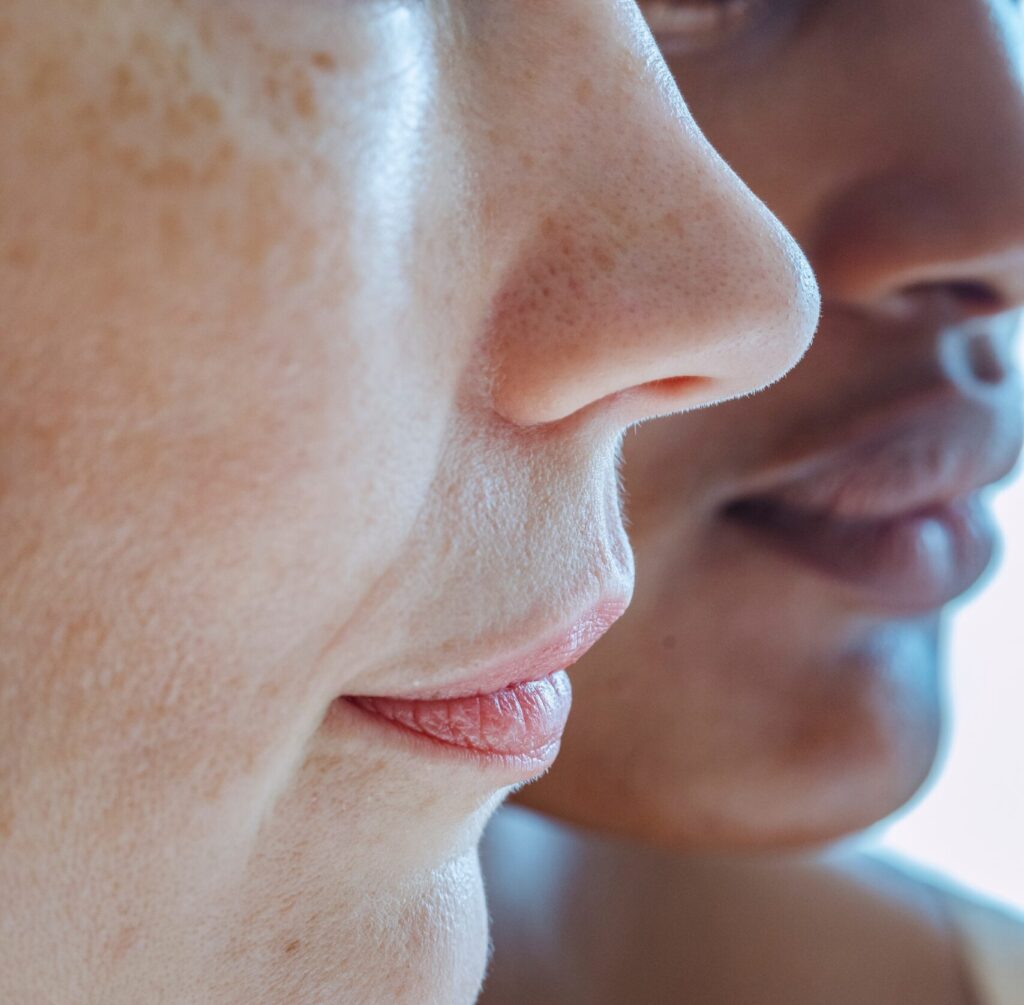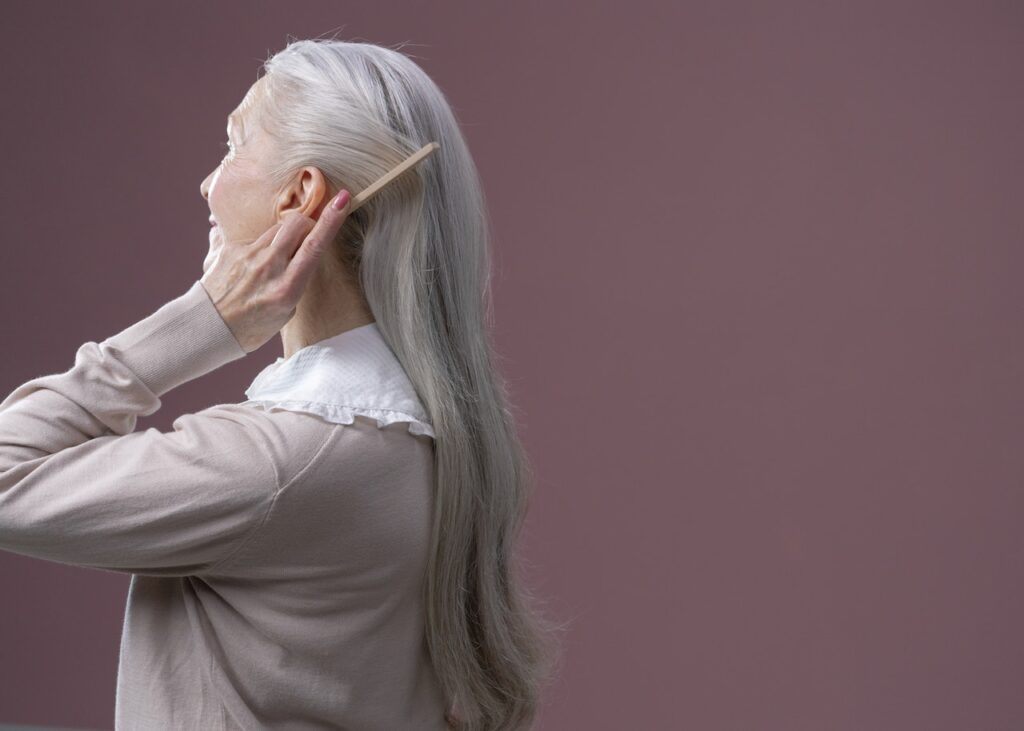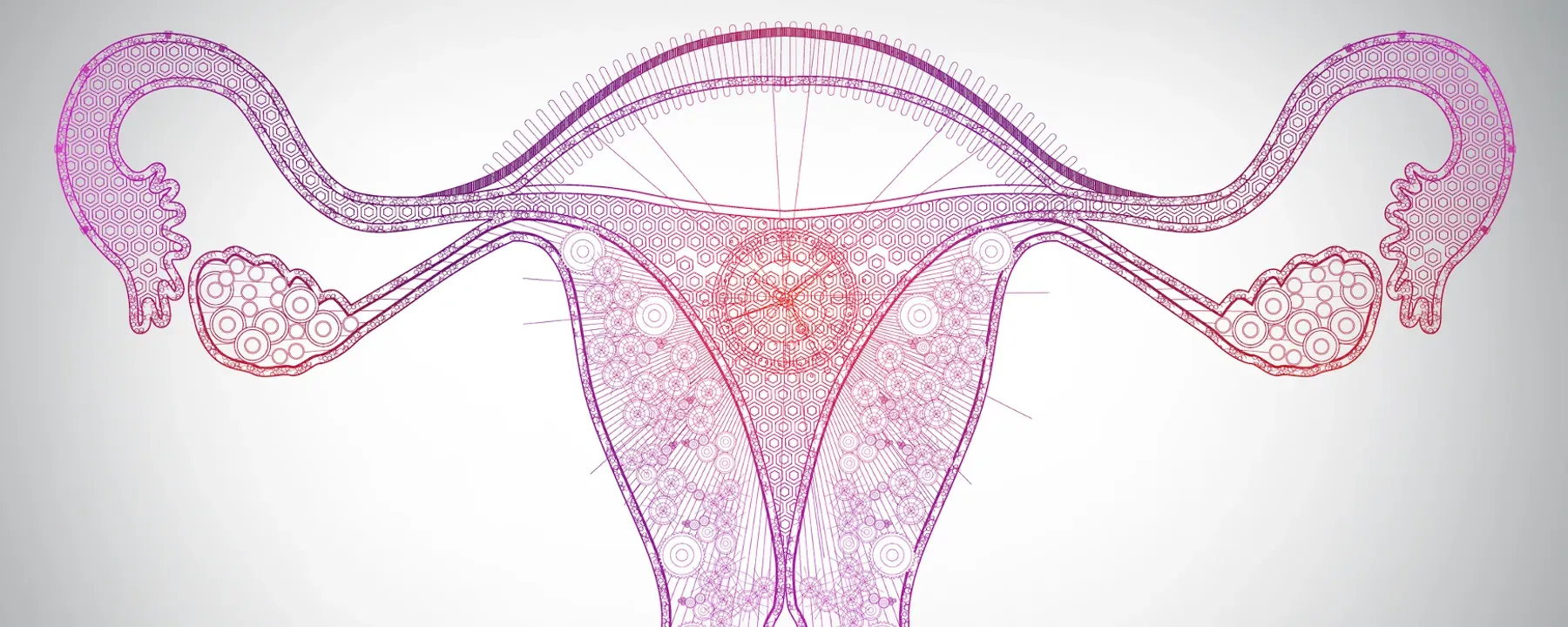NMN Protects The Skin From UV-Induces Damage
Science • November 2, 2022 • 7min read

Highlights
- UV radiation from the sun is crucial for our body and skin, however, it can also cause major damage to the skin and can accelerate the aging process
- The damage caused by harmful radiation accumulates on the cellular level of the skin
- With the help of plastic surgery and dermatologic procedures some visible signs of aging can be reversed, however, the damage on the cellular level remains
- Liposomal NMN supplements may have significant slow aging, anti-inflammatory effects on the skin, and may reverse UV-induced skin damage
Introduction
Skin is a fascinating organ, the first barrier of our body, the mortar that holds it all together. Moreover, physical appearance and the condition of the skin have become very important as skin is both a symbol of identity and an indicator of age. But do we know how to keep the skin young and healthy? Are there any other ways to take care of our skin besides skin care products? And what makes it age faster?
The Effect Of The Sun On The Skin
For each of us, the Sun is a vital source of life, heat, and energy. Without the sun’s electromagnetic energy life on earth would have never continued its existence. Moreover, as it is widely known, sunlight can boost the synthesis of vitamin D, which is essential for the human body. Vitamin D is produced largely in the human body as a consequence of our skin being exposed to UV (ultraviolet) rays of direct sunlight.
Nonetheless, besides its vital role for our organisms, UV radiation, present in sunlight, has also a range of adverse effects on human skin, such as skin damage, inflammation, photoaging, impaired wound healing, and even DNA damage that might eventually result in the cancer growth (carcinogenesis) and melanoma (which is a type of skin cancer).
To avoid functional and structural deterioration of UV- exposed skin (photodamage) and premature skin aging, it is very important to practice good sun protection using broad-spectrum sunscreen creams, clothing, and other available methods. However, no single method of sun defense provides perfect protection.
Over the years the damage we get from direct sunlight exposure accumulates at the cellular level and results in DNA changes. Photodamage takes place in the dermis, the deepest layer of the skin, and damages keratinocytes which are the primary types of cells found in the outermost layer of the skin.
This process decreases the amount of collagen, which keeps our skin elastic and young. As a result of photodamage, we face wrinkling, pigmentation, uneven skin texture, loss of skin tone, and eventually faster skin aging.
The Mechanisms Of Direct Sunlight-Caused Skin Damage
Skin is the largest organ of the human body and is composed of the dermis and epidermis. The epidermis is the outermost barrier and consists largely of keratinocytes (90% of epidermal cells). Keratinocytes are the main cells of the skin which absorb around 95% of the UV rays from direct sunlight. Plus, keratinocytes are the first barrier to be damaged by harmful radiation.
Naturally occurring UV radiation is an environmental mutagen, which means that it can induce various genetic mutations or can increase the rate of mutations. It is responsible for a wide range of externally-induced skin pathologies and early aging. UV rays are described as strong mutagens and can cause cell damage, immune-mediated diseases, and cancer.
UV- induced damage causes cell damage and triggers programmed cell death known as apoptosis, of keratinocytes. Apoptotic keratinocytes are referred to as the “sunburn cells”. In sunburn, the major part of keratinocytes undergoes apoptosis and “dies” to prevent their own transformation into cancer cells.
However, dying keratinocytes trigger the release of multiple auto-antigens․ Thus, the disposal of UV-damaged cells provokes an autoimmune response, production of a large number of reactive oxygen species (ROS) and oxidative stress, and further cell and tissue damage to the skin. Therefore, finding methods that would contribute to preventing or reducing UV irradiation damage to the skin is essential.
What Are The Healthy Aging Solutions?
Over recent years dermatologists and plastic surgeons have imposed a wide range of treatments and procedures that can minimize the visible damage caused by the harmful effect of sunlight on the skin. However, none of these methods can reverse the damage caused on a cellular level.
Understanding the science behind skin damage on deeper levels and the potential mechanisms of skin regeneration, helped the scientists come up with a fresh take on the methods that may boost skin regeneration and rejuvenation, and restore the youthfulness of the skin.
NMN And Its Role In The Protection Against UV Exposure
Nicotinamide mononucleotide (NMN) is a biologically active nucleotide (a basic building block of DNA and RNA), a Vitamin B3 derivative, one of the essential vitamins. It possesses a wide range of beneficial pharmacological features. According to a study conducted by Christopher Shade, Ph.D., NMN molecule may be a strong antioxidant, be able to maintain normal cell structure, regulate proinflammatory response, and improve various physiological processes in the whole organism, including the skin.
NMN penetrates the cell plasma membrane, helps to maintain the body’s stable internal environment and metabolism, reduces the acuity of oxidative stress, and thus acts as fuel for the longevity of the body and skin.
Oxidative stress is known as a major cause of skin injury induced by UV radiation. NMN molecule, a direct precursor of NAD+, promotes skin cells’ resistance to UV-mediated damage, resistance to oxidative stress and may ensure the inhibition of oxidative skin damage.
Studies show that NMN supplement oral administration may block skin damage induced by UV radiation exposure and boost the rejuvenation of the skin. As it is known, histological examination of skin under the microscope can show and reflect the degree of direct sunlight-caused damage.
Under the microscope the sun-damaged skin is significantly thinned and inflamed, the deepest layer of the skin, which is the subcutaneous tissue, has a disordered arrangement, and the skin has fewer collagen fiber bundles.
All of the mentioned have a key role in maintaining skin elasticity and making our skin look young and fresh. As we age and as a consequence of direct sunlight exposure the amount of collagen decreases and skin thins, loses its youthfulness, starts to wrinkle, and ages.
NMN supplements may induce the production of collagen fibers, and decrease inflammation as well as inflammation-caused damage to the skin. It may also significantly increase the activity of serum antioxidants, thus preventing and slowing down the process of skin aging.
Moreover, when the skin is exposed to ultraviolet rays, such inflammation symptoms as dryness, itching, redness, and swelling of the skin occur. NMN molecule may also successfully fight all of these symptoms.
Conclusion
Over the years the damage caused by direct sunlight exposure accumulates and causes our skin to age. However, NMN supplements may be able to repair DNA at the cellular level and reverse the cellular abnormalities which have been caused by harmful UV radiation.
Liposomal NMN supplement has anti-inflammatory properties, regulates skin metabolism, induces rejuvenation of the cells, as well as prevents skin cancer.
Liposomal supplements are made up of tiny phospholipid spheres that encapsulate the active ingredient, improving its absorption and bioavailability. Liposomal supplements are often used to enhance the delivery and efficacy of nutrients or drugs.





